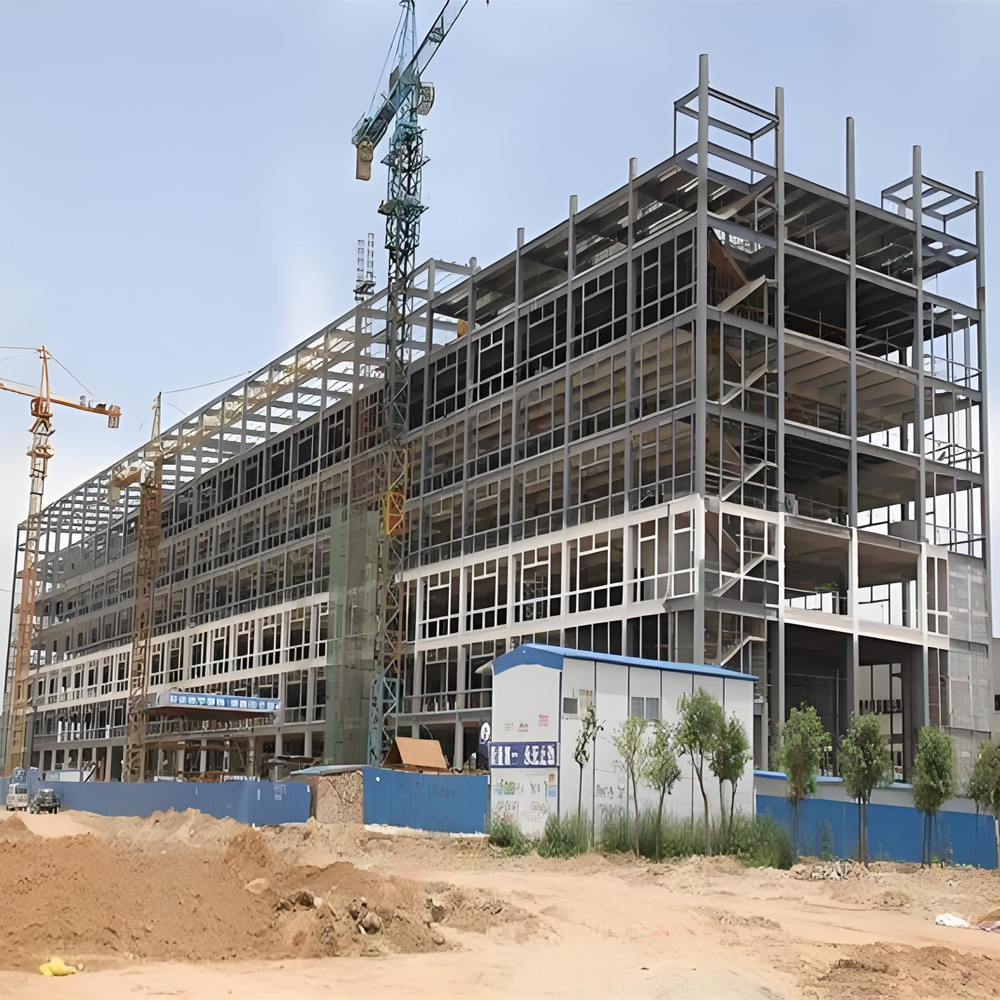Causes and Preventive Measures for Welding Cracks in Steel Structures

(I) Hot Cracks
Hot cracks, also known as high-temperature cracks or solidification cracks, occur at elevated temperatures. They typically form within the weld metal but can also appear in the heat-affected zone (HAZ). Manifestations include longitudinal cracks, transverse cracks, root cracks, crater cracks, and HAZ cracks.
Causes: During the solidification of the weld pool, segregation occurs. Low-melting-point eutectics and impurities form liquid films along grain boundaries. These segregated regions have low strength after solidification. When sufficient welding stress is present, it can tear apart these liquid films or the recently solidified metal, forming cracks. Furthermore, if low-melting-point eutectics and impurities exist along the grain boundaries of the base metal, they can also be torn apart under high welding tensile stress. In summary, hot cracking results from the combined effects of metallurgical and mechanical factors.
Preventive Measures:
Limit segregating elements & harmful impurities: Restrict the content of easily segregating elements and harmful impurities (especially sulfur and phosphorus) in both the base metal and welding consumables (electrodes, wires, fluxes, shielding gases). Typically, sulfur content should be ≤ 0.045% and phosphorus ≤ 0.055% in weldable steels. Additionally, higher carbon content worsens weldability; keeping weld carbon content below 0.10% significantly reduces hot cracking susceptibility.
Optimize weld metal composition & structure: Adjust the chemical composition of the weld metal, refine the weld grain structure, and improve plasticity to reduce or disperse segregation and mitigate the harmful effects of low-melting-point eutectics.
Use basic (alkaline) electrodes/fluxes: Employ basic electrodes or fluxes to reduce impurity content and improve segregation characteristics during solidification.
Control weld shape & technique: Increase the weld shape coefficient appropriately. Use multi-pass welding techniques to avoid centerline segregation and prevent centerline cracking.
Implement sound welding procedures: Employ rational welding sequences and directions, use lower heat input, apply overall preheating, utilize peening techniques, and ensure proper crater filling at the end of the weld.
(II) Cold Cracks
Cold cracks generally form as the weld cools through the Martensite transformation temperature range (around 300°C to 200°C and below). They may appear immediately after welding or after a delay (hours or days), hence the term "delayed cracking."
Essential Conditions for Formation:
Formation of a hardened microstructure (like Martensite) in the weld or HAZ.
Presence and accumulation of diffusible hydrogen.
Existence of high tensile residual stresses.
Preventive Measures:
Control welding parameters & thermal cycle: Select appropriate welding procedures and heat input. Improve the microstructure of the weld and HAZ using techniques like preheating, controlling interpass temperature, and post-weld slow cooling or post-heating to facilitate hydrogen diffusion and escape.
Use low-hydrogen consumables: Employ basic (low-hydrogen) electrodes or fluxes to minimize the diffusible hydrogen content in the weld metal.
Proper handling & surface prep: Strictly follow drying procedures for electrodes and fluxes before use (e.g., low-hydrogen electrodes: 300°C–350°C for 1 hour; acidic electrodes: 100°C–150°C for 1 hour; fluxes: 200°C–250°C for 2 hours). Thoroughly clean the joint preparation (groove) and filler wires to remove oil, moisture, rust, and other contaminants, reducing hydrogen sources.
Apply post-weld heat treatment (PWHT):
Stress relief annealing: To relieve residual stresses and temper any hardened structures, improving toughness.
Hydrogen removal (dehydrogenation) treatment: To allow sufficient time for hydrogen to diffuse out of the welded joint.
Improve steel quality: Use steels with reduced levels of lamellar inclusions.
Employ stress-reducing techniques: Implement various welding procedures aimed at minimizing welding stresses.



